Daniela Paolotti
Developing Annotated Resources for Internal Displacement Monitoring
Apr 12, 2021
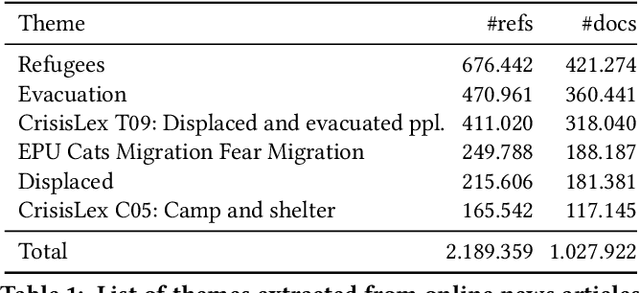


Abstract:This paper describes in details the design and development of a novel annotation framework and of annotated resources for Internal Displacement, as the outcome of a collaboration with the Internal Displacement Monitoring Centre, aimed at improving the accuracy of their monitoring platform IDETECT. The schema includes multi-faceted description of the events, including cause, quantity of people displaced, location and date. Higher-order facets aimed at improving the information extraction, such as document relevance and type, are proposed. We also report a case study of machine learning application to the document classification tasks. Finally, we discuss the importance of standardized schema in dataset benchmark development and its impact on the development of reliable disaster monitoring infrastructure.
Link prediction in multiplex networks via triadic closure
Nov 16, 2020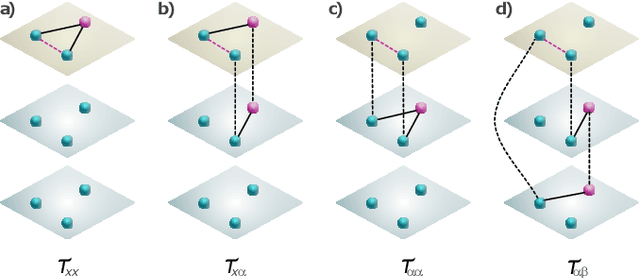
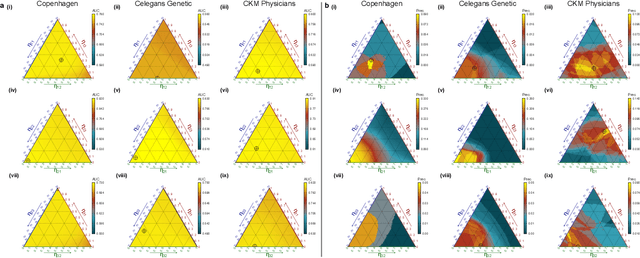
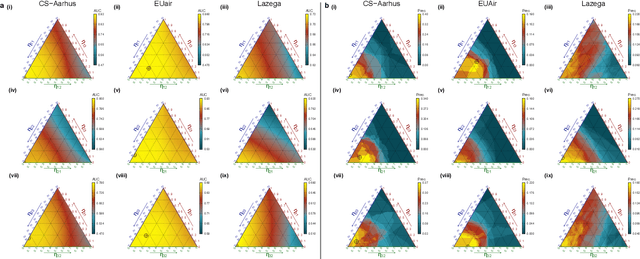
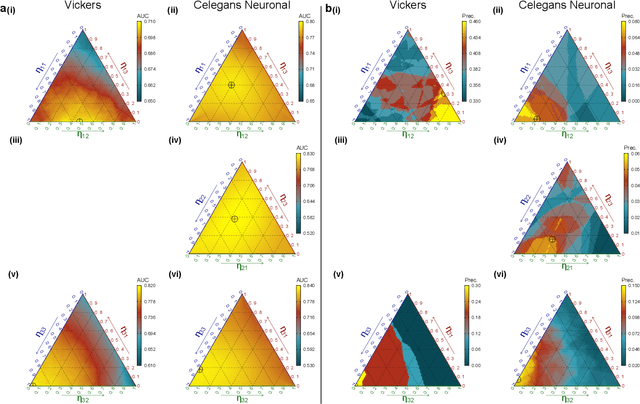
Abstract:Link prediction algorithms can help to understand the structure and dynamics of complex systems, to reconstruct networks from incomplete data sets and to forecast future interactions in evolving networks. Available algorithms based on similarity between nodes are bounded by the limited amount of links present in these networks. In this work, we reduce this latter intrinsic limitation and show that different kind of relational data can be exploited to improve the prediction of new links. To this aim, we propose a novel link prediction algorithm by generalizing the Adamic-Adar method to multiplex networks composed by an arbitrary number of layers, that encode diverse forms of interactions. We show that the new metric outperforms the classical single-layered Adamic-Adar score and other state-of-the-art methods, across several social, biological and technological systems. As a byproduct, the coefficients that maximize the Multiplex Adamic-Adar metric indicate how the information structured in a multiplex network can be optimized for the link prediction task, revealing which layers are redundant. Interestingly, this effect can be asymmetric with respect to predictions in different layers. Our work paves the way for a deeper understanding of the role of different relational data in predicting new interactions and provides a new algorithm for link prediction in multiplex networks that can be applied to a plethora of systems.
Learning Real Estate Automated Valuation Models from Heterogeneous Data Sources
Sep 02, 2019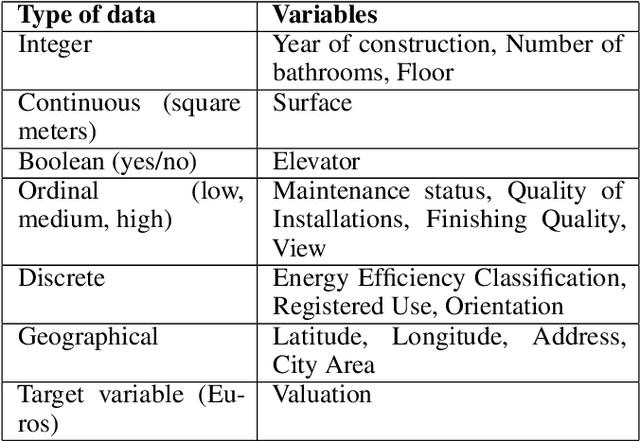
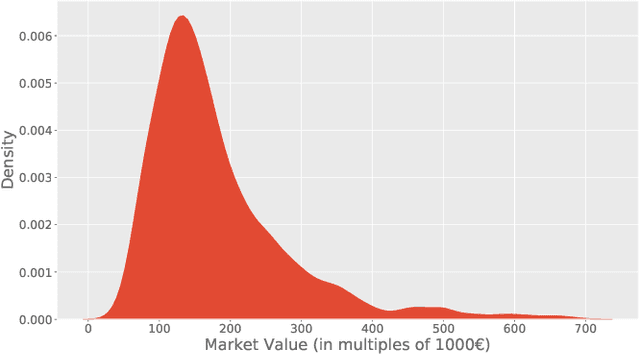
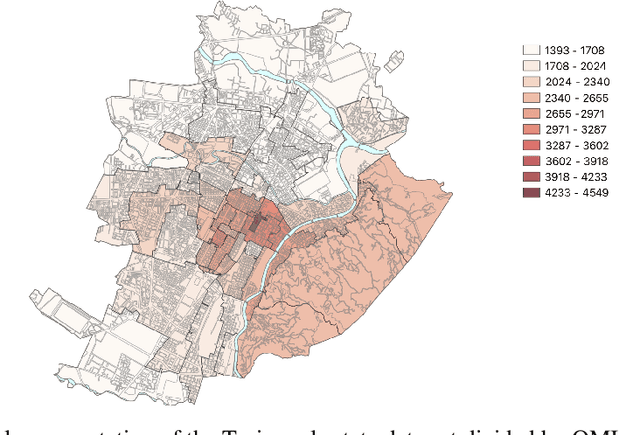
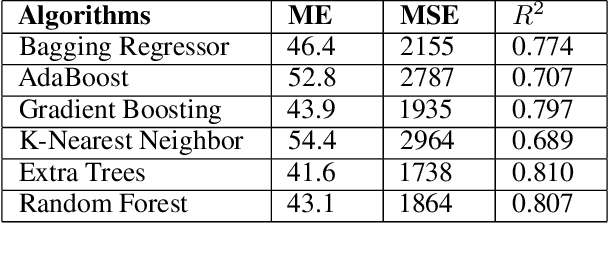
Abstract:Real estate appraisal is a complex and important task, that can be made more precise and faster with the help of automated valuation tools. Usually the value of some property is determined by taking into account both structural and geographical characteristics. However, while geographical information is easily found, obtaining significant structural information requires the intervention of a real estate expert, a professional appraiser. In this paper we propose a Web data acquisition methodology, and a Machine Learning model, that can be used to automatically evaluate real estate properties. This method uses data from previous appraisal documents, from the advertised prices of similar properties found via Web crawling, and from open data describing the characteristics of a corresponding geographical area. We describe a case study, applicable to the whole Italian territory, and initially trained on a data set of individual homes located in the city of Turin, and analyze prediction and practical applicability.
 Add to Chrome
Add to Chrome Add to Firefox
Add to Firefox Add to Edge
Add to Edge